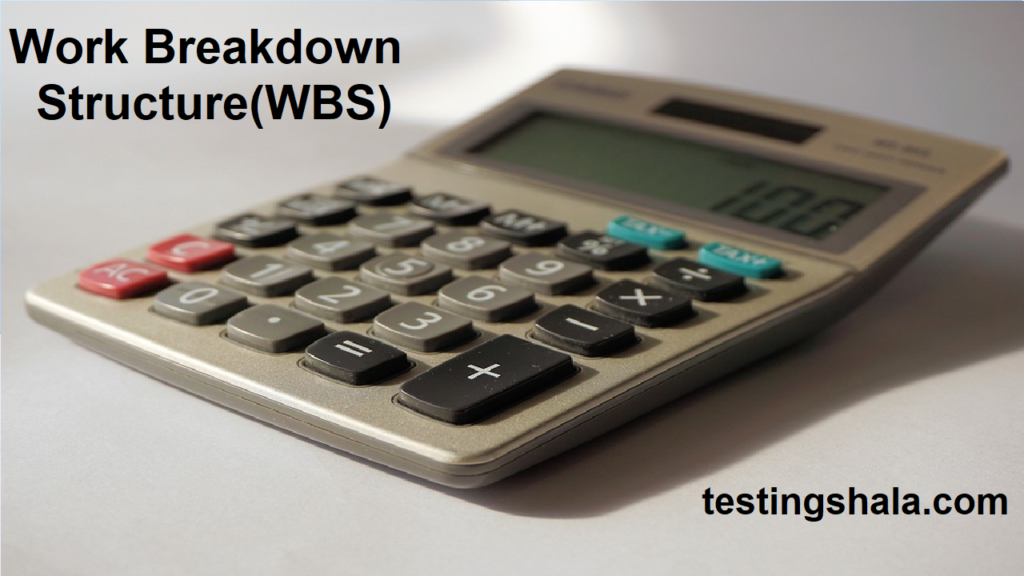In this I will be explaining the 3 different estimation models used in estimating the manual testing work in this post
Manual testing estimation is the process of estimating the time and resources required to complete manual testing activities.
It involves breaking down the manual testing process into smaller tasks, estimating the time required to complete each task, and then aggregating the estimates to determine the overall testing effort.
1.Expert Judgment:

In this manual test estimation model relies on the overall experience and expertise of individual manual testers or test teams to estimate the manual testing effort required.
Manual Testers with experience in similar projects can provide more accurate estimates.
Expert Judgment Estimation Model Example
Based on testing lead/manager experience or gut feeling in the field of software testing similar applications can estimate the time required to complete manual testing based on the size, complexity, and technology used in the current project.
2.Three-Point Estimation Model

In this estimation model testers estimating the best-case, worst-case, and most likely time required for each testing task, and then calculating the average estimate.
Three-Point Estimation Model Example:
- the best-case scenario to be 2 hours,
- the worst-case to be 8 hours, and
- the most likely time to be 4 hours.
The average estimate would be (2+8+4)/3 = 4.67 hours.
3.Work Breakdown Structure(WBS):

This estimation model involves breaking down the manual testing process into smaller, more manageable tasks, estimating the time required to complete each task, and then aggregating the estimates to determine the overall testing effort.
WBS Login page Example :
To get the estimation for the web application login functionality testing, overall testing process can be broken down into tasks such as
Test Planning – 3 hours
- Define testing objectives and scope for login functionality – 1 hr
- Identify testing resources required for login functionality testing – 1 hr
- Determine test methods and techniques for login functionality testing – 0.5 hr
- Develop a test plan and schedule for login functionality testing – 0.5 hr
Test Design – 3 hours
- Identify test scenarios and cases for login functionality testing – 1 hr
- Develop test cases for positive and negative test scenarios – 1 hr
- Create test data for login functionality testing – 1 hr
Test Execution – 5.0 hours
- Execute test cases for login functionality testing – 0.5 hr
- Verify that users can login with valid credentials – 0.5 hr
- Verify that users cannot login with invalid credentials 0.5 hr
- Verify that error messages are displayed for invalid credentials 0.3 hr
- Verify that the login page is secure and cannot be bypassed 0.2 hr
- Test the “Remember Me” functionality 0.5 hr
- Test the “Forgot Password” functionality 0.5 hr
Defect Management – 3 hours
- Report and track defects found during login functionality testing 1 hr
- Verify that defects have been fixed in subsequent releases 1 hr
- Retest defects to confirm they have been resolved 1 hr
Test Closure – 2 hours
- Analyze the results of login functionality testing 0.5 hr
- Create a test report for login functionality testing 0.5 hr
- Evaluate the overall success of the testing effort for login functionality 0.5hr
- Identify and document any lessons learned from login functionality testing. 0.5 hr
Each task can be estimated individually, and the estimates can be aggregated to determine the overall testing effort – 16 hours
Explanation video of Manual Testing Estimation Models with Examples
Video Link : https://youtu.be/Q0-c588gp74
